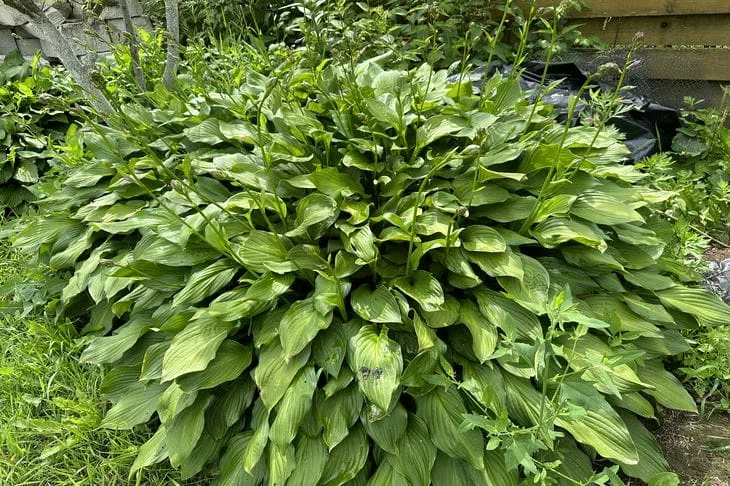How to feed hosta in autumn: the plant will be unrecognizable
Opinions of gardeners regarding autumn fertilization of hosta vary significantly: some of them do not see the point in this procedure, while others are sure that thanks to the application of fertilizers, the plant will better survive the winter and will grow faster in the spring.
If you belong to the latter category, then especially for you, the expert of the online publication BelNovosti, scientist-agronomist, landscape designer Anastasia Kovrizhnykh shared instructions that should be followed when applying fertilizers to hosta in the fall.
So, first you need to choose a nutrient composition suitable for the flower.
You can use both organic matter – compost, humus or peat, and mineral fertilizers – superphosphate, potassium salt, ammonium nitrate.
There is only one requirement: the preparation should not contain a large amount of nitrogen, which serves as a stimulus for leaf growth and thus harms flowering and winter hardiness.

Another requirement is to avoid fertilizers with high chlorine content. This substance can accumulate in the soil, which will harm the hosta.
Indicators such as dosage and frequency of feeding depend on the fertilizer you use, as well as the condition of the soil and the plant itself.
If we talk about organic matter, then they are allowed to be applied once a year (at the end of summer or beginning of autumn), distributing them in an even layer over the surface of the soil around the plant.
Mineral compositions are added twice (at the beginning of summer and in mid-autumn), after first dissolving them in water, and then watering the hosta with the resulting solution.
Well, the last thing you should know about autumn hosta feeding is that after feeding the flower needs to be watered generously. This way the nutrient composition will better dissolve and penetrate the soil.
